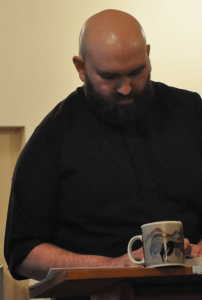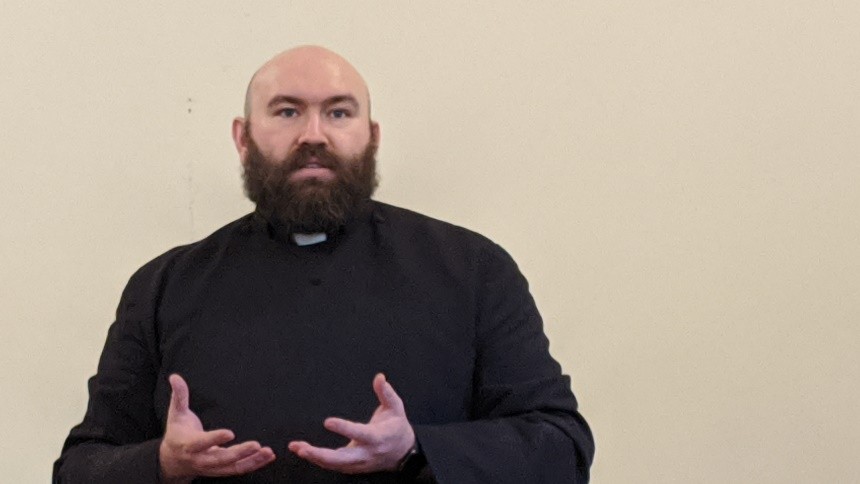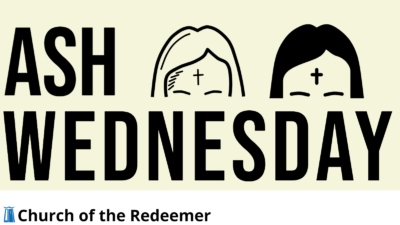If the response to sexual misconduct at the 79th General Convention made me the most hopeful, then the issue of liturgy, particularly the revision of the Book of Common Prayer…well it showed me how far we still have to go in many ways as a church.
First a preface: I am a child of the 1979 Prayer Book. I cut my teeth on it and I am very grateful for the panoply of innovations that it contained, not the least of which was the reorientation of worship toward the Eucharist. I am even grateful for Eucharistic Prayer C. However, I was unhappy with the outcome our deliberations, which is not Prayer Book revision. In this I know I am in disagreement with the bishop, which one should always do publicly with a great deal of trepidation. Nevertheless, the resolution that passed out of General Convention was deeply flawed, I believe, in two very important ways.
First, Resolution A068 said it “memorializes” the BCP 1979. What does that mean? Whatever someone wants it to mean, I suppose. There is no hard and fast definition. To me it certainly holds “Old ‘79” up as something worthy, and that’s the problem. What is between the red covers does not reflect the church. It never has. It was written predominately by white men, for white men, and carries in it’s DNA white-cis-hetero-male supremacy. No matter if we create liturgies that sing the God’s praise from a thousand different perspectives, those liturgies will not be between the red covers and they will not be quite as worthy, and, I fear, the Episcopal branch of the Jesus movement will continue in perception and, in reality, in many ways, as a church of white supremacy, by white supremacy, for white supremacy. Revising what’s between the red covers might not change that. Who knows whether we would have ended up with a book at all. After all we still call pre-convention materials “The Blue Book,” even though at this Convention it was a PDF file unless you bought it from Amazon. But memorializing the Prayer Book 1979, I believe, means that when too many people look between the red covers that will undoubtedly remain in the pews because we’ve always done that way in many places. They will not see themselves reflected in the pages and will wonder if our worship, which our statement of theology, has no place for them, does this church have a place for them?
This last point ties then directly with my second issue with where convention ended up with regards to Prayer Book revision. One of the arguments that was stated often against revision was the cost: $1.9 million over three years. That’s a lot of money to be sure, but some perspective is in order. The triennial budget is $134 million. Revising the seminal theological document of our church, the repository of our statement of belief, would be between one and two percent of the triennial budget. By comparison, the National Church will spend almost three percent of the triennial budget on legal fees. I make this comparison not to denigrate the cost of legal fees, but to point out that we should value our common liturgy, our common theology, more highly than legal fees. This is not simply inside baseball either, as should be plain from my earlier comments, I believe that the Prayer Book (or prayer PDF or three ring binder or neural feed or whatever it will be in 20 years) is a missional document. It tells us who we are so that we can tell others who we are. It creates in us the habits of heart and mind and hand deep in our bones so that we can carry that story, the reality that our liturgy creates, out into the world in the name of the risen Christ. And that, after all, is what we are supposed to be doing.
Resolution A068, as re-written by a white-cis-hetero-male bishop, and passed by both houses of the 79th General Convention, is a less-than-half measure. Essentially it says, if your bishop is willing, let a thousand flowers bloom. If the bishop is not, then too bad. It is a missed opportunity for the church to collectively begin to think beyond what we have been and thought and done before, and find where God is drawing us forward.
The Rev. Jedediah (Jed) Fox
The Rev. Jedediah (Jed) Fox has been the rector of Church of the Redeemer since January 2015. Prior to being called to Redeemer, Fr. Jed served as curate and assistant at The Church of St. Michael and St. George in St. Louis, Missouri, and was a seminarian at the Church of St. Mary the Virgin while attending the General Theological Seminary. Fr. Jed was raised at St. Peter’s Cathedral in Helena, Montana.

Church of the Redeemer
Welcome to Church of the Redeemer: Worshiping God, living in community, and reaching out to the world. We are an Episcopal Church serving north King County and south Snohomish County, Washington. As you travel your road, go with friends walking the way of Jesus at Redeemer.
Church of the Redeemer is at 6210 Northeast 181st Street in Kenmore, Washington. The campus is a short distance north of Bothell Way, near the Burke-Gilman Trail. The entrance looks like a gravel driveway. The campus is larger on the inside than it is on the outside. And we managed to hide a large building on the side of a hill that is not easily seen from the street.
The Episcopal Church welcomes you.





